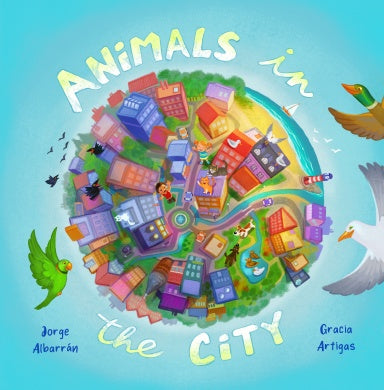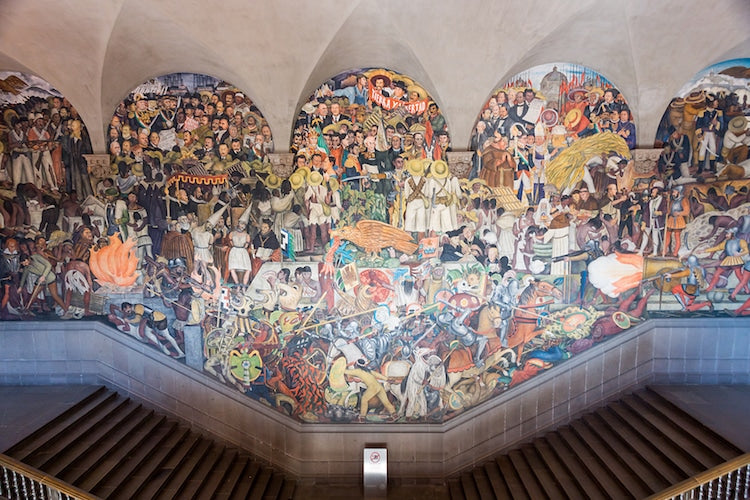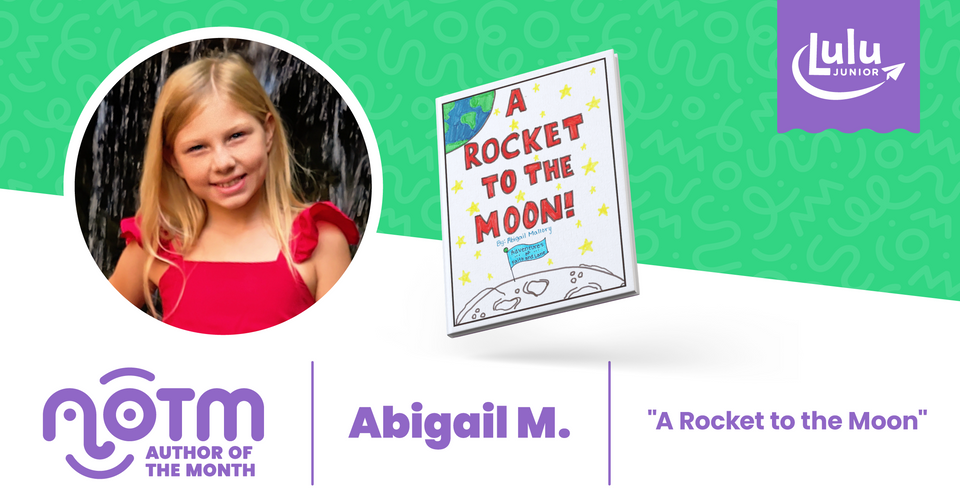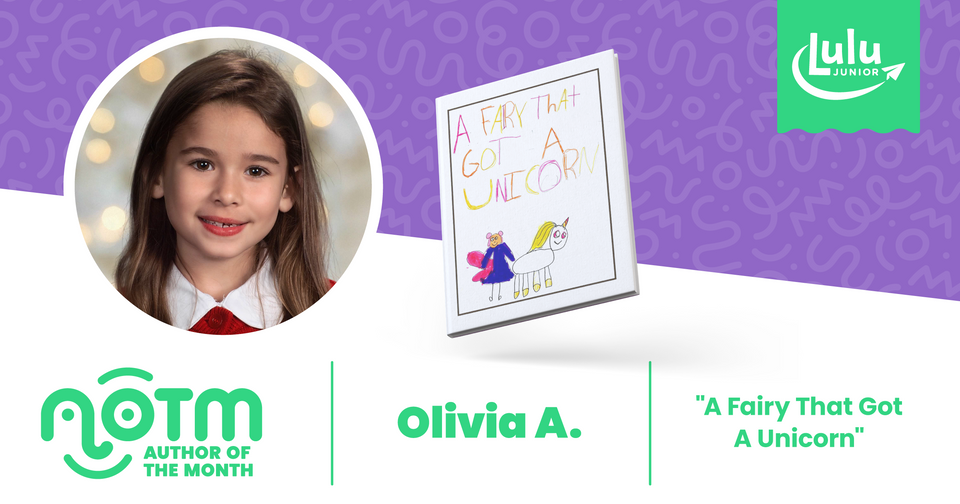
Hispanic/Latinx Heritage Month Teaching Guide
Right now we are in the middle of Hispanic Heritage Month—also, and more accurately, referred to as Hispanic/Latinx Heritage Month. September 15th is specifically the beginning of Hispanic/Latinx Heritage Month to commemorate the independence day for a number of Latin American countries.
Hispanic/Latinx Heritage Month is a way to applaud, pay tribute, and appreciate how the diverse cultures of American citizens whose ancestors came from Mexico, the Caribbean, Spain, and Central and South America have played a tremendous role in enriching and shaping America’s past, present, and future.
Hispanic/Latinx Heritage Month is another wonderful opportunity to teach your children about American history.
More Teaching Guides
- AAPI Awareness Teaching Guide
- Teaching Black History Month: Resources And Readings
- Women’s History Month Teaching Resources
- Native American Heritage Month Teaching Guide
The History of Hispanic/Latinx Heritage Month
First observed in 1968, the date September 15th was selected to kick off Hispanic/Latinx Heritage Month as it coincided with the Independence Day for Costa Rica, El Salvador, Guatemala, Honduras, and Nicaragua. Additionally, Mexico’s independence day is celebrated on September 16th, and Chile’s on September 18th.
Fueled by the civil rights movement of the 1960s, the first recognition of Hispanic/Latinx Heritage encompassed a week of activity and celebration. Two decades after the first observances, in 1988, Hispanic/Latinx Heritage Month was officially recognized by the United States and has been celebrated annually ever since.
The annual observance is a celebration of the vibrant history and culture of Hispanic and Latinx people. It also serves to call attention to Hispanic, Latinx, and Chicano/a Americans, who make up more than 18% (60+ million people) of the US population.
Mural by Diego Rivera, from My Modern Met
Understanding Terminology: Hispanic, Latinx, and Chicano
Before you start introducing your kids to Hispanic or Latinx art, literature, and culture, you should take a moment to define and answer this question: Who is Hispanic? And a second, equally important question, you should answer for your kids is: How are Hispanic, Latino, and Chicano different?
Neither question is simple to answer. But to give a better understanding, it helps to loosely define both terms:
Hispanic Definition
adjective
- relating to Spain or to Spanish-speaking countries, especially those of Latin America.
noun
- a Spanish-speaking person living in the US, especially one of Latin American descent.
Latino Definition
noun
- (in North America) a person of Latin American origin or descent, especially a man or boy.
adjective
- relating to Latinos.
From Oxford Languages - Also see the definition of Latina.
Chicano Definition
noun
- an American of Mexican origin or descent, especially a man or boy.
From Oxford Languages - Also see the definition of Chicana.
Since Spanish is the most prominent language in Latin American countries, there’s a good chance a Latino/a person is also Hispanic. Chicano/a is a more specialized term that reflects the migration of Latinx people into America. All three terms are often used interchangeably, but it’s vital to teach your kids to respect the difference.
- Latino/a refers to geography; where the person or person’s family is from.
- Latinx is a gender-neutral form commonly used to be more inclusive.
- Hispanic refers to language (Spanish); the primary language a person speaks.
- Chicano/a refers to a person; any American of Mexican origin or descent.
Learning Activities And Curriculum
Okay, now that we’ve established who is Hispanic, Latinx, and Chicano/a, let’s get some great learning activities for you and your kids to enjoy!
Learn Some Basic Spanish
It’s widely accepted that knowing multiple languages is beneficial for a variety of reasons. During Hispanic/Latinx Heritage Month, start teaching your kids some basic Spanish to lay the groundwork for learning a new language!
Here are some common terms to start with:
- Hola = Hello
- Adiós = Goodbye
- Por favor = Please
- Gracias = Thank you
- Lo siento = Sorry
- Sí = Yes
- No = No
- ¿Quién? = Who?
- ¿Qué? = What?
- ¿Por qué? = Why?
- ¿Dónde? = Where?
- ¿Cómo? = How?
While Spanish is the most commonly used language for Hispanic and Latinx people, it’s not the only one. In fact, Latin American countries utilize more than 400 different languages (including Indigenous languages spoken by Natives)! Many Latin American countries speak Portuguese and French, both of which are valuable languages to begin teaching your kids.
Smithsonian’s ‘Queen of Tejano’
Check out the Smithsonian’s collection of topics including ‘Stories of Latina Women' for Hispanic/Latinx Heritage Month. This spotlight calls out a number of important Hispanic and Latina women who had made an impact on history and culture; the perfect segue into learning more about each of them!
Find Your Family History
Whether your family has Hispanic or Latinx roots or not, you can still use these exercises from PBS For Parents to help connect with your family history. Take some time during Hispanic/Latinx Heritage Month to help your kids connect with their grandparents or other family members; sharing stories, history, and food.
Make A Piñata
I should have led with this one, right?
Piñatas have been around for a long time. Originating in China, the festive paper Papier-mâché ball full of candy has long been part of Hispanic and Latinx tradition. In fact, the piñata has become a staple, particularly for Chicano culture. So take some time to teach your kids about the history of the piñata and then make one with your kids using this amazing guide from The Spruce!
Create A Lesson Plan
Finally, we’ve got a terrific guide to teaching Hispanic Heritage Month from the National Education Association. Divided by grade level with lesson plans, activities, and multimedia, the NEA’s got you covered if you need help teaching Hispanic Heritage Month in the classroom.
Also nested within Hispanic/Latinx Heritage Month is Central America Week, running from October 4th through October 10th. This week focuses on learning about Central America, a region and culture often overlooked during standard lesson plans.
If you’re looking for even more resources, the National Hispanic Heritage Month page also includes teachers’ resources. These include links to useful content in the national archives, various endowments that support Hispanic Heritage, and more.
Read A Book
Read a book from a Hispanic author or about Hispanic culture. Reading diverse voices like this is a terrific way to help your children empathize and understand the diverse cultures within the Hispanic/Latinx community. Plus these stories are terrific!
Bachata Merengue Salsa
Shop Now
Animals in the City
Shop Now
¡Provecho!
Shop Now
FRUTAS
Shop Now
Hispanic/Latinx Literature
Check out the free virtual Latinx KitLit Book Festival on "Festival Fridays" starting on September 20th! The festival was first created in 2020 by members of Las Musas Books. This started in 2020 to foster literacy and increase the conversation among educators, students, and book lovers. The festival features a variety of educational materials and content through panels, crafts, and live chats with authors and illustrators! The festival will be live-streamed on their YouTube channel.
Keep Learning
Hispanic/Latinx Heritage Month is a terrific opportunity to introduce your kids to the diverse culture and history of Hispanic and Latinx people. Start learning Spanish and keep it going! Find a new favorite author among Hispanic and Latinx writers and read their entire catalog!
Let this year’s Hispanic/Latinx Heritage Month kick-start you and your kids to a broader understanding of Hispanic/Latinx culture. From art to literature to food to language, Hispanic and Latinx heritage has had an indelible impact.







